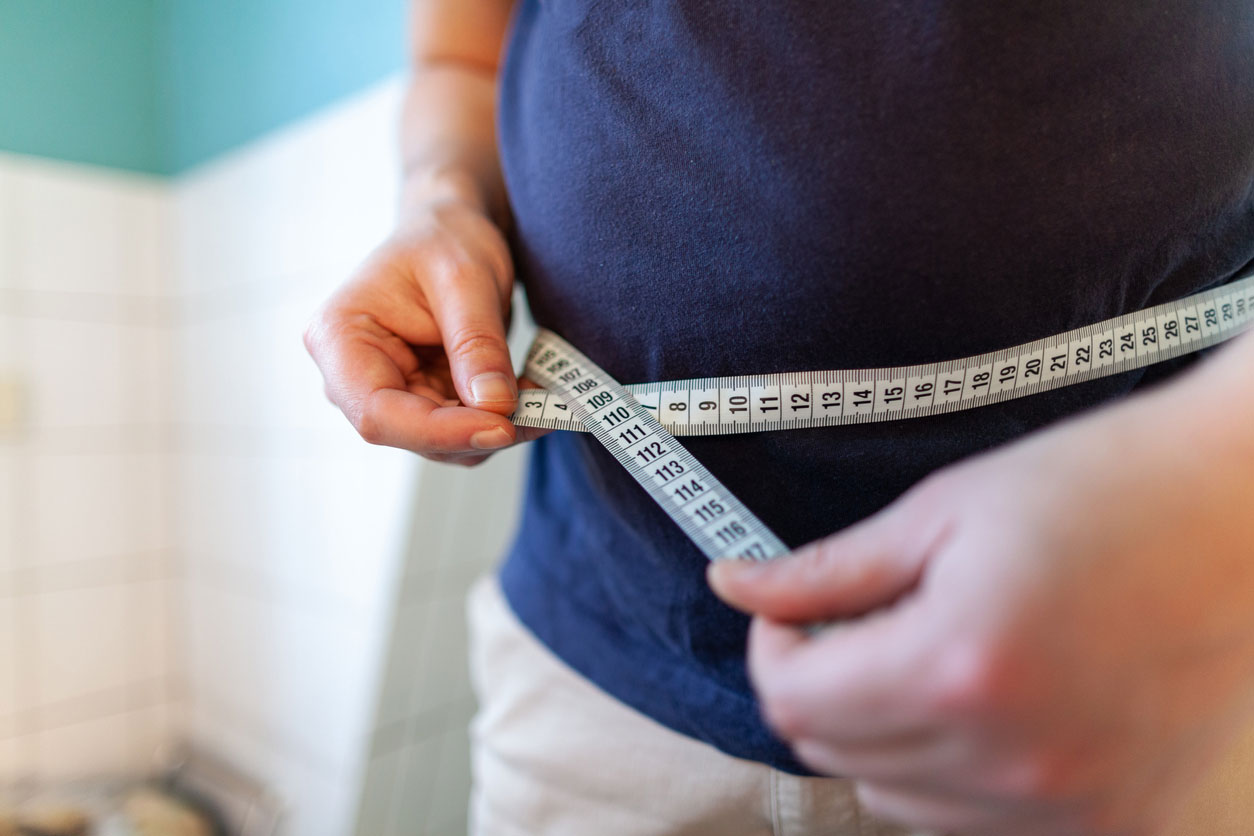Why Belly Fat Is More Dangerous Than You Think and How to Take Control Before It Takes Over
Let’s be honest, belly fat has earned quite a collection of nicknames. Muffin top. Spare tire. Beer belly. But behind the humor lies something far more serious: a growing body of research showing that extra weight around your midsection isn’t just about appearance, it's a signal your heart might be at risk.

A landmark study published in the Journal of the American Heart Association followed nearly half a million adults in the U.K. between the ages of 40 and 69. Over seven years, researchers found that women who carried more fat around their waists, not just overall body weight, were up to 20% more likely to suffer a heart attack. Even more striking, a large waist-to-hip ratio turned out to be a stronger predictor of heart trouble for women than for men.
But here’s the real takeaway: it’s not just about gender. What matters most is where your body stores fat and belly fat, or visceral fat, is the most dangerous kind of all.
The Hidden Threat Behind Belly Fat
Unlike the fat that sits just under your skin, visceral fat wraps itself around your internal organs, your liver, pancreas, and intestines like a silent intruder. According to Dr. Barbara Kahn of Harvard Medical School, this deep abdominal fat releases inflammatory chemicals that disrupt how your body processes insulin and cholesterol. Over time, that raises your risk for diabetes, high blood pressure, and heart disease.
So when your jeans start feeling a little snug, it’s not just about aesthetics. It’s your body’s way of whispering that it’s time for a reset.
How to Tame Your Waistline and Protect Your Heart

1. Focus on consistency, not crash diets
Dr. Kahn emphasizes that the goal isn’t rapid weight loss it’s long-term balance. “I don’t talk with patients as much about going on a diet as I do about creating a sustainable lifestyle program,” she says. That means focusing on whole foods, portion control, and gradual changes that your body can maintain. Slow, steady progress keeps your metabolism active and helps prevent the rebound weight gain that often follows drastic diets.
2. Move more even in small bursts
You don’t have to become a gym regular to make a difference. Take a brisk 30-minute walk during lunch, dance while you cook, or do a few squats while brushing your teeth. Movement matters all of it. Regular physical activity improves circulation, stabilizes blood sugar, and builds lean muscle, which helps your body burn more calories even at rest.
Dr. Kahn recommends adding strength training at least twice a week.
3. Track your waist, not just your weight
Forget obsessing over the scale. Your waistline often tells a more honest story about your health. A growing waist even without a big change in your total weight may signal an increase in visceral fat. Grab a tape measure once a month and note your progress.
4. Understand your body’s natural rhythm
Hormonal shifts, especially after menopause, can make it easier to store fat around the abdomen. Combine that with slower metabolism and reduced muscle mass, and it’s clear why many women notice changes as they age. But awareness is power when you know what’s happening, you can adapt with more mindful movement, smarter nutrition, and consistency.
Looking Ahead: The Science of Hope
Researchers are exploring new therapies that may specifically target visceral fat. Some medications for diabetes have already shown promise in reducing this harmful fat type. Still, lifestyle remains your first and most powerful defense.
So, while you can’t spot-reduce belly fat, you can absolutely outsmart it. Start with movement, make small sustainable diet shifts, and treat your health like the long game it is.
Because in the end, your waistline isn’t just a number it’s a reflection of what’s happening beneath the surface. And every small change you make today adds up to a healthier, stronger heart tomorrow.
What's Your Reaction?




















